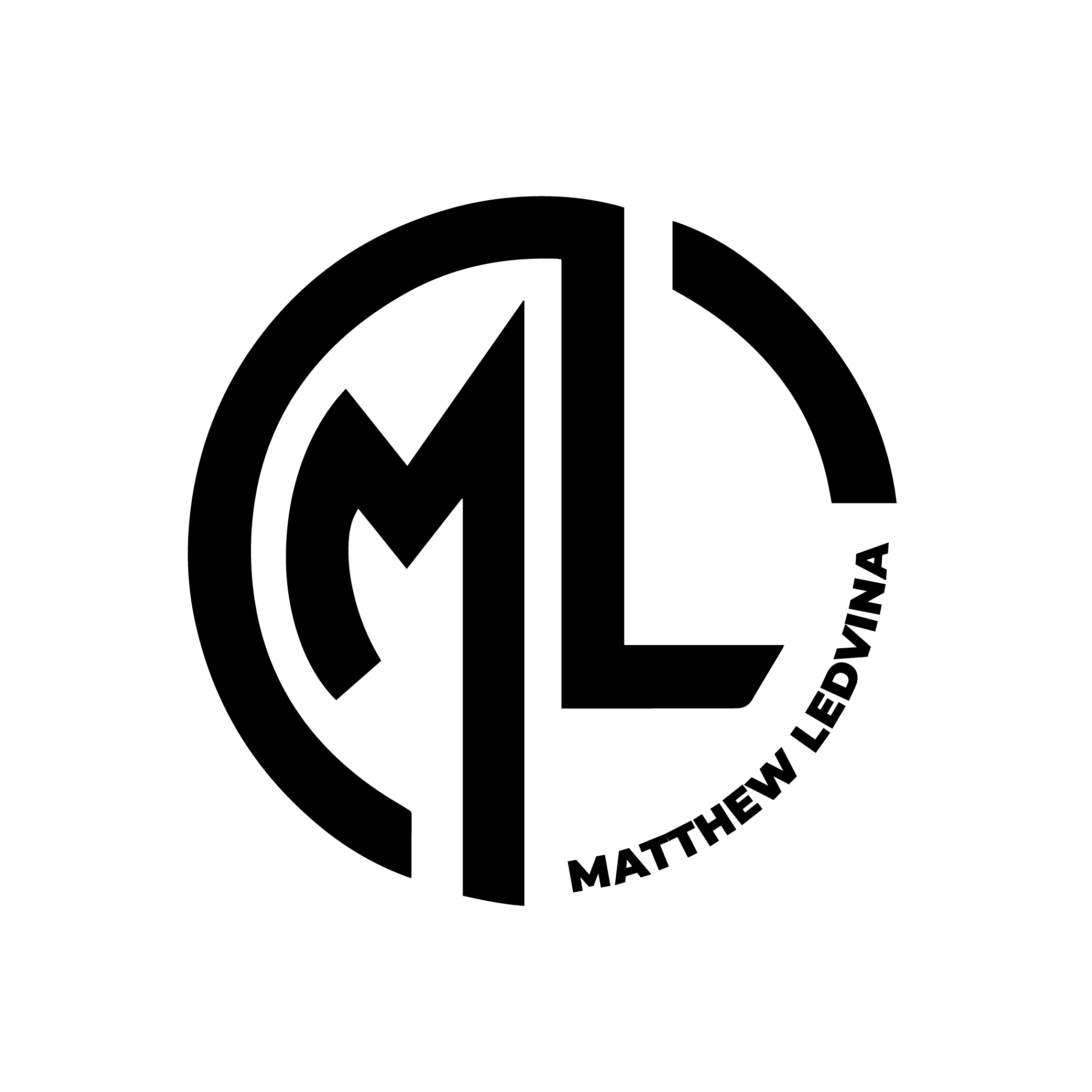Art has long been seen as a good investment and a way to diversify a stock portfolio. In recent years there has been much information in the media about how art investment is booming. However, those considering entering into art as an investment should be aware that most paintings that are bought are not then resold, with the majority of art collectors hanging onto every piece of their collection. Some experts suggest that less than 1% of all paintings bought are later resold. That doesn’t mean art can’t be a great investment, it is simply a fact that investors need to be aware of.
Some of the pros and cons of art as an investment can be found in the PDF attachment to this post. When establishing a valuable art collection, whether that to retain for personal pleasure or in the hope of making a profit, experienced management is vital. Matthew Ledvina has spent many years focusing on art as an asset and specifically artwork held in trust. Art held in trust is a situation where a trustee holds art as an asset for various purposes. Art held in trust is a complicated area when the trustee loans art to a gallery or museum, the trustee wishes to sell artwork, or borrow funds in exchange for a legal charge (or custody) on the art work.
Issues for Lenders of Art Held in Trust
If a valuable piece of art is to be lent to or held in trust by a gallery or museum, there are several key issues the lender needs to identify and address. When drawing up the loan agreement, it must clearly state the terms of the loan and the responsibilities and obligations of both lender and borrower. These include identifying the specific duration and location of the loan, the suitability of the artwork for travel, and who is liable to pay for transportation costs. A Condition Report should be included in the agreement and all insurance terms must be outlined.
The agreement needs to specify insurance terms, conditions and clauses, including who is liable to pay the insurance premiums throughout the loan period and if there are any clauses that exclude the borrower from liability. Other issues to consider when drawing up the agreement include tax issues, regulation of lawful reproduction, legislation in the country of loan regarding immunity from seizure, ownership and various other legal issues.
Insuring Art Held on Trust
A piece of valuable art held on trust should be insured with a specialist art insurer to ensure that all relevant criteria are met. Experts advise that the insurance agreement should last for no less than one month either side of the agreed loan period, to allow for transportation and any issues which may arise from this. The ideal insurance policy will have minimal exclusions and no excess and operate on a Nail-to-Nail basis covering all risks, including terrorism. If the museum or gallery borrowing the piece is the party handling the insurance, the lender needs to ensure that the policy is held with a reputable insurer, that the terms recognise that the lender is the payee for all claims, and that the claim amount will be based on the piece’s Agreed Value. In the infographic attachment you can see some of the most expensive paintings ever sold.
What Is Agreed Value?
An Agreed Value in insurance terms is a cover that is set to ensure that, in the event of a successful claim, the insured party is guaranteed to receive 100% of that figure without depreciation. This helps claims be settled efficiently. The Agreed Value for a piece of art should reflect the current market value, accounting for the inherent risks associated with loaning it out.
If you’re thinking of buying a piece of art at auction, check out the attached short video for some advice on the Buyer’s Premium.

